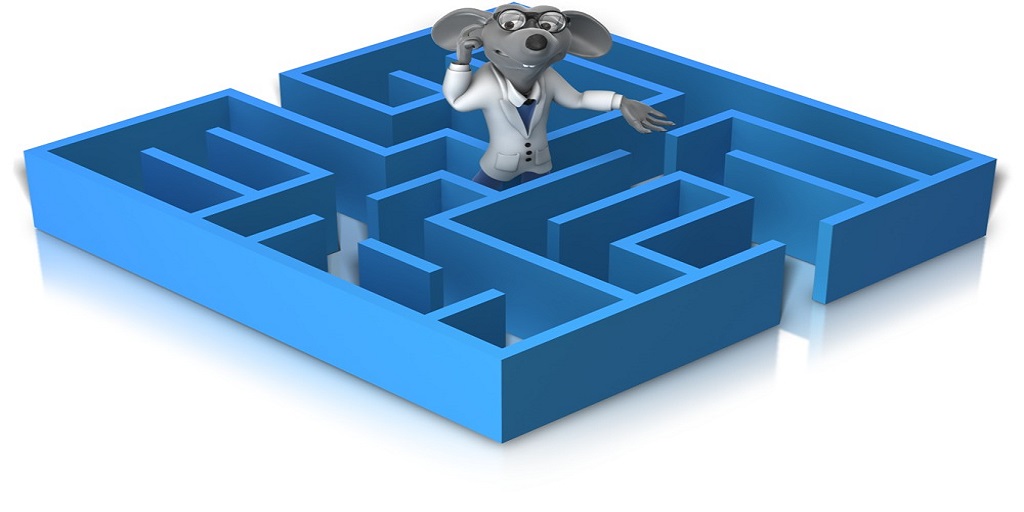National Inventors Hall of Fame: Esther S. Takeuchi

The induction comes from her groundbreaking work in implantable medical devices. Her research began at Greatbatch Inc. and continues today at the University at Buffalo.
She led efforts at Greatbatch to invent and refine the lifesaving Li/SVO battery technology, utilized in the majority of today’s implantable cardioverter defibrillators (ICDs). ICD batteries have high energy density with the ability to support intermittent high-power pulses.
Esther Takeuchi has earned more patents than any other woman in the United States and has received many local and national awards recognizing her contributions to society through science.
She was honored at the White House where she was presented the National Medal of Technology and Innovation from President Barack Obama.
Here is the interview:
What brought you to Buffalo, New York?
My husband became a Professor of Chemistry at the University at Buffalo. I moved with him to look for suitable positions in my field.
What’s the next step after lithium ion batteries or is it already old news?
Lithium ion batteries are continuing to advance. I expect multiple generations of lithium ion batteries to be forthcoming in the next few years. Significant advances continue to be made in how fast they can charge and discharge as well as the total amount of energy they store.
What about green technology and batteries?
Energy and sustainability are strongly linked. These are two of the most significant challenges facing us today. Renewable, environmentally friendly and cost efficient ways of generating and storing energy are issues that need to be addressed on a global scale. The widespread availability of cheap energy may be a key factor in determining the standard of living for many people.
What can we expect in the next generation batteries for medical devices, laptops, and Ipads and cell phones?
We can continue to expect longer life and faster charge. Also, notice that the shape of batteries has changed substantially. Ipads and other devices use very flat batteries. The days of cylindrical batteries for high-end devices are largely over.
Can Buffalo become a leader in developing cutting edge technology?
Buffalo is well positioned to do so. The knowledge base is here. Facilitating launch of companies is something that the region is actively working to improve.
Do you have any opinion on patent reform?
I assume that you refer to the rule of ‘first to file’ versus ‘first to invent’. I am in favor of the ‘first to invent’ as we have in the US.
What advice would you give to science students that wish to follow in your footsteps and become inventors?
Remain curious. Always believe that things can be made better. Also, each individual matters. Every person brings their own unique perspective based on their experience and background. That unique perspective may lead to the next big breakthrough.
How does it feel to be mentioned in the same breath as Henry Ford, Thomas Edison, Wilbur and Orville Wright?
It is a tremendous honor to be considered in the same company as the other inventors that have changed our lives.
About the National Inventors Hall of Fame
The National Inventors Hall of Fame is the premier non-profit organization in America dedicated to honoring legendary inventors whose innovations and entrepreneurial endeavors have changed the world. Founded in 1973 by the United States Patent and Trademark Office and the National Council of Intellectual Property Law Association, the Hall of Fame will have 460 Inductees with its 2011 Induction.
The National Inventors Hall of Fame and Museum is located in the atrium of the Madison Building on the campus of the United States Patent and Trademark Office, at 600 Dulany Street, Alexandria, VA. Admission is free.
This year’s Induction ceremony, sponsored in part by the United States Patent and Trademark Office and the Kauffman Foundation, will take place on May 4 at the historic Patent Office Building, now the Smithsonian American Art Museum and the National Portrait Gallery in Washington, D.C.
The location is particularly appropriate because this year’s class of inductees includes a group of 29 historical inventors who will be recognized posthumously, most of whom would have submitted patent applications to the same building where they will be honored.
Posted with the permission of the National Inventors Hall of Fame™

